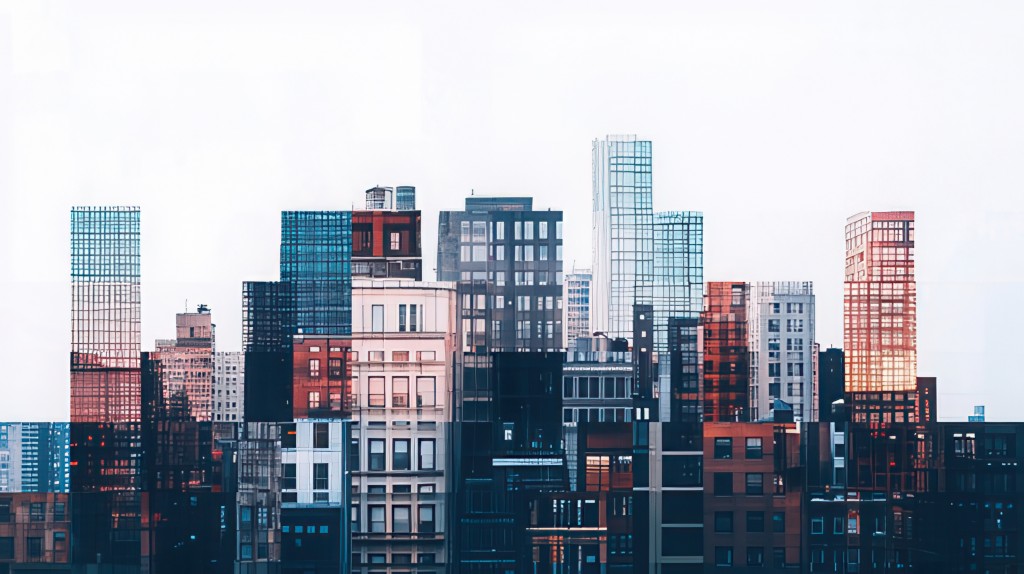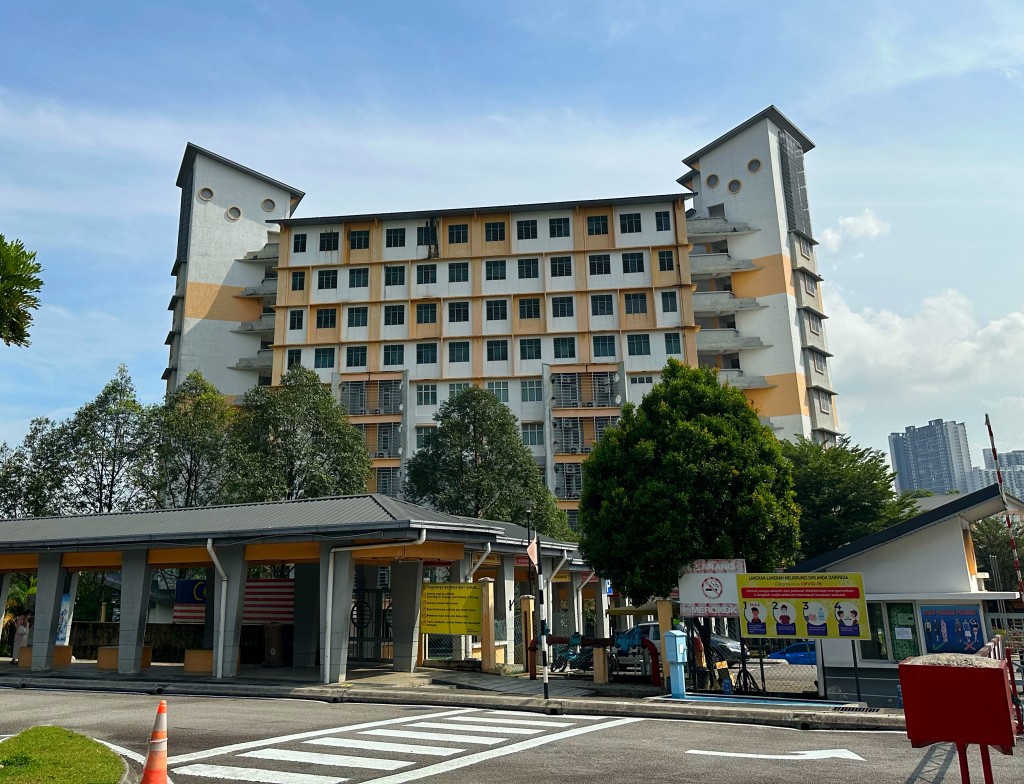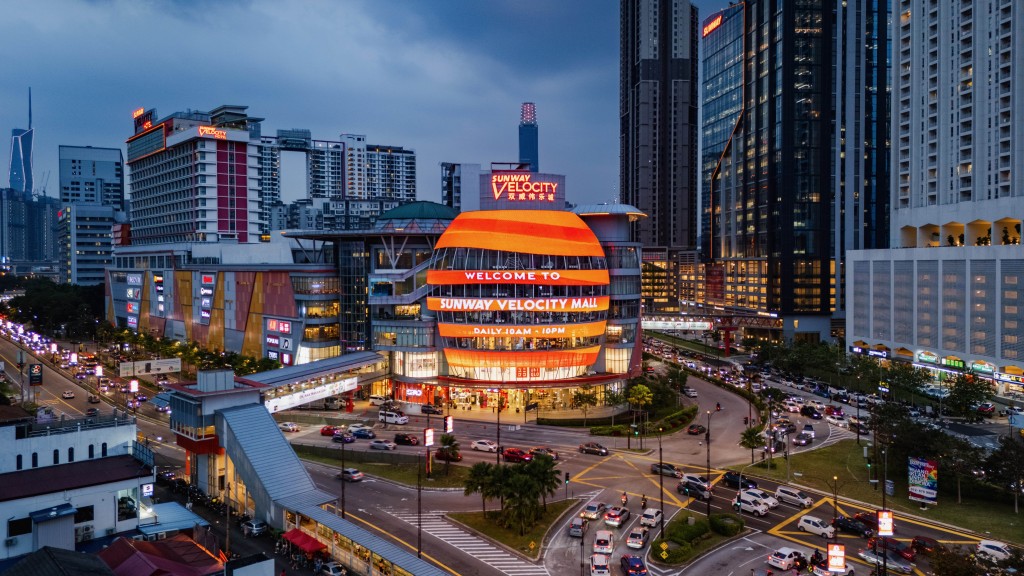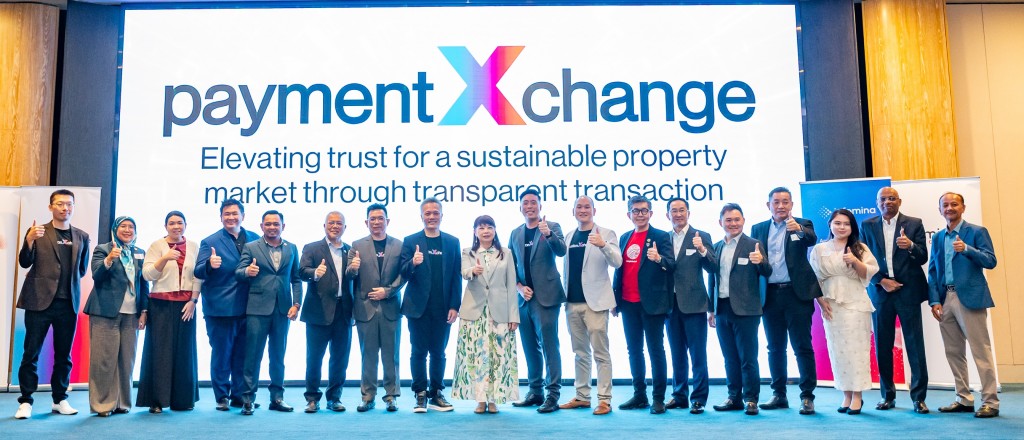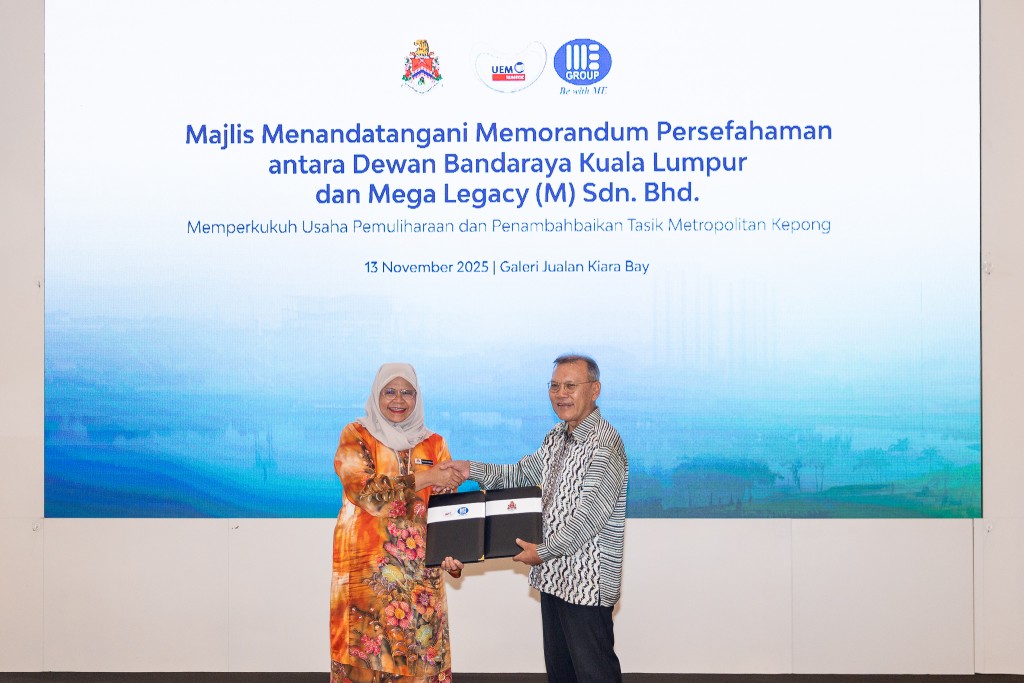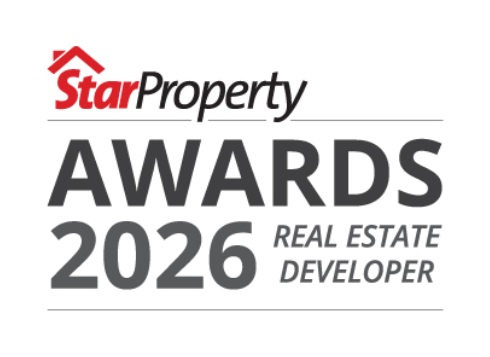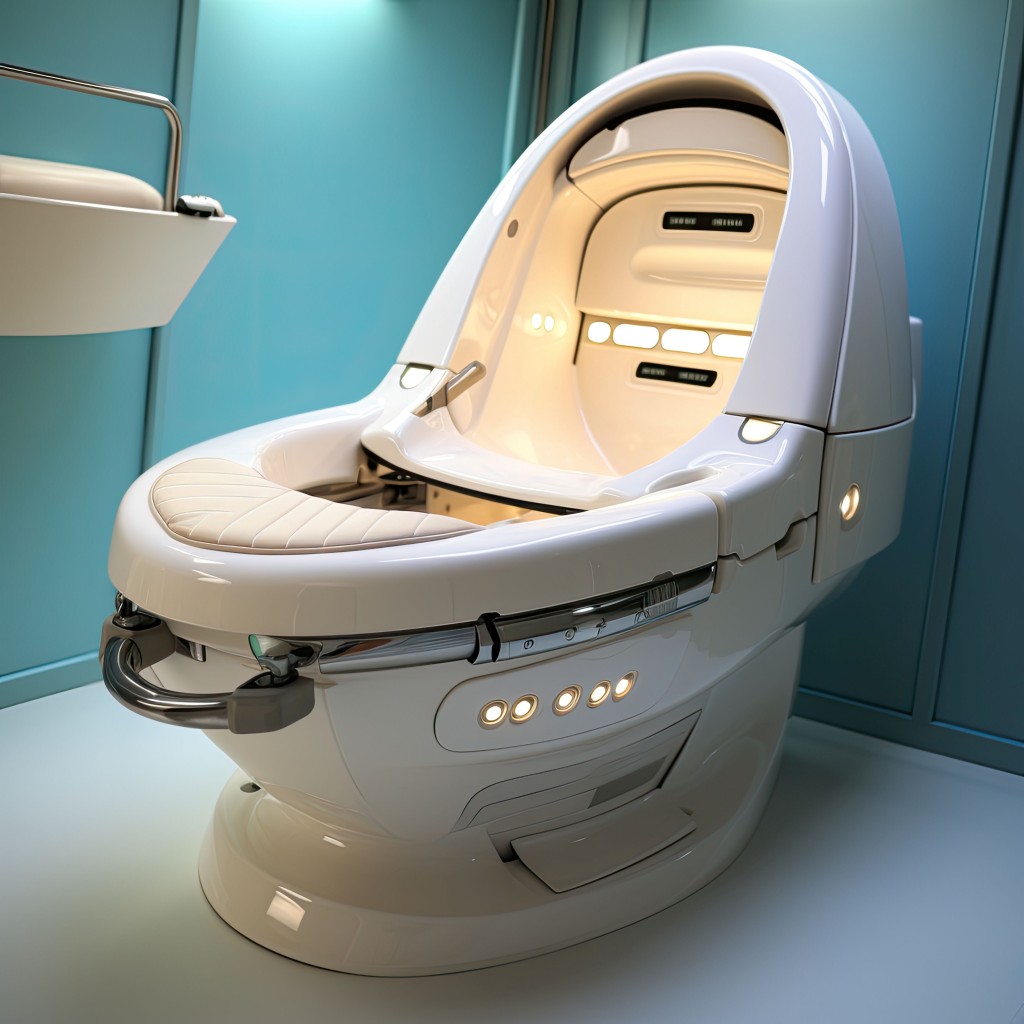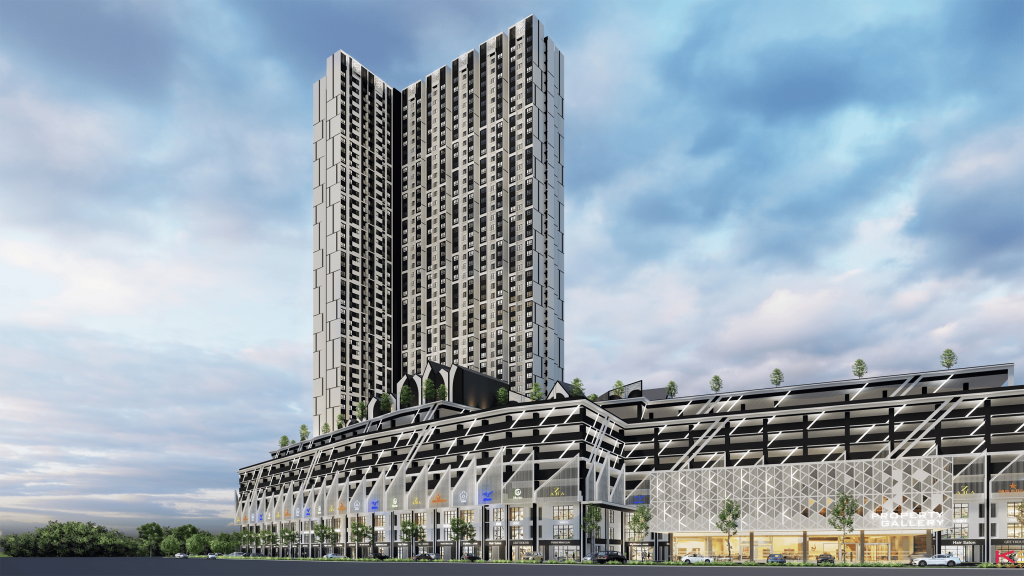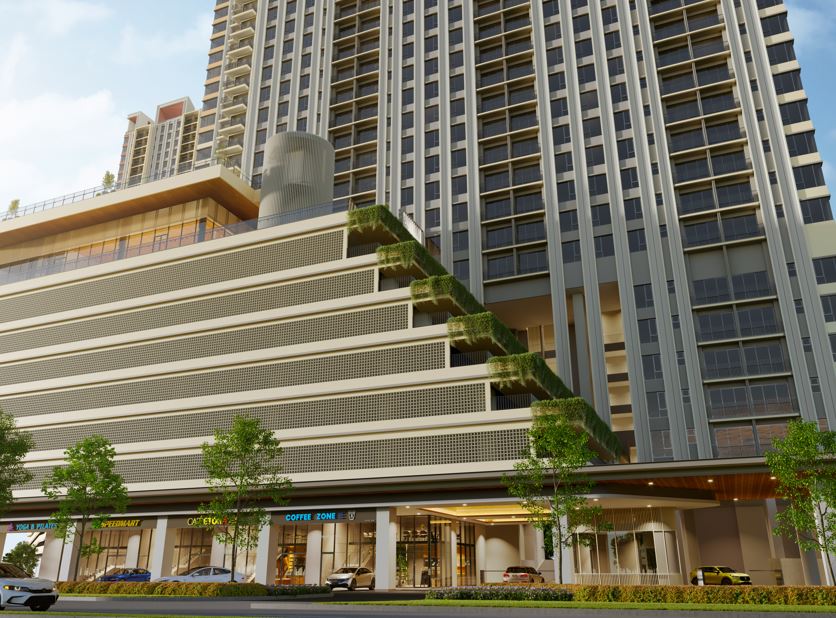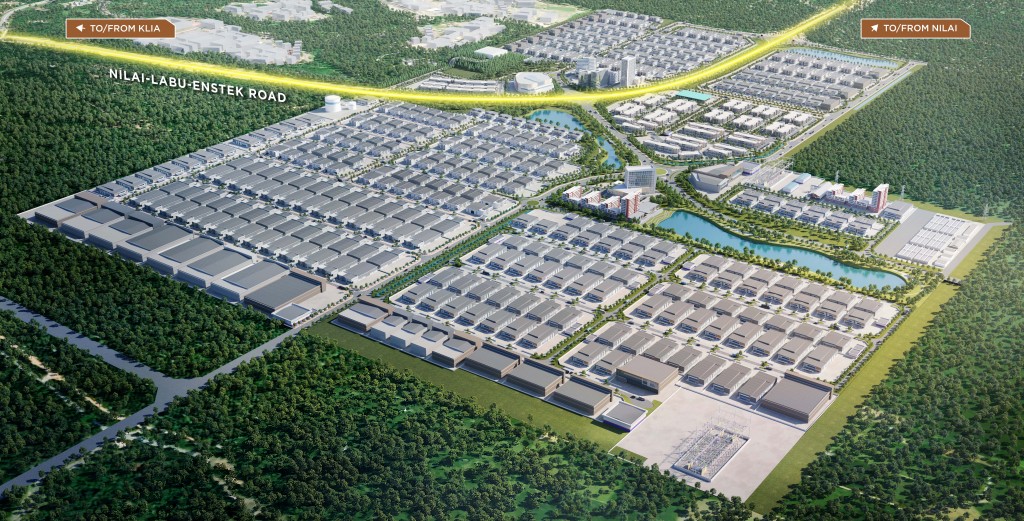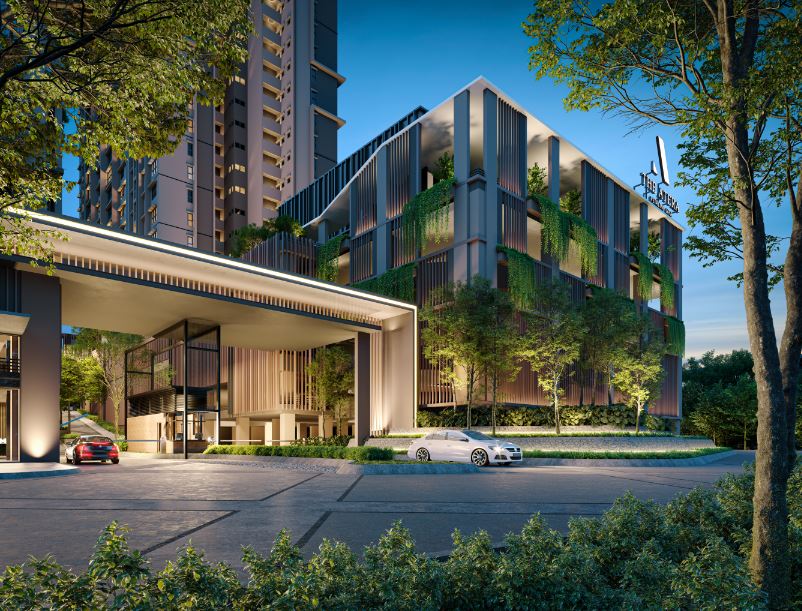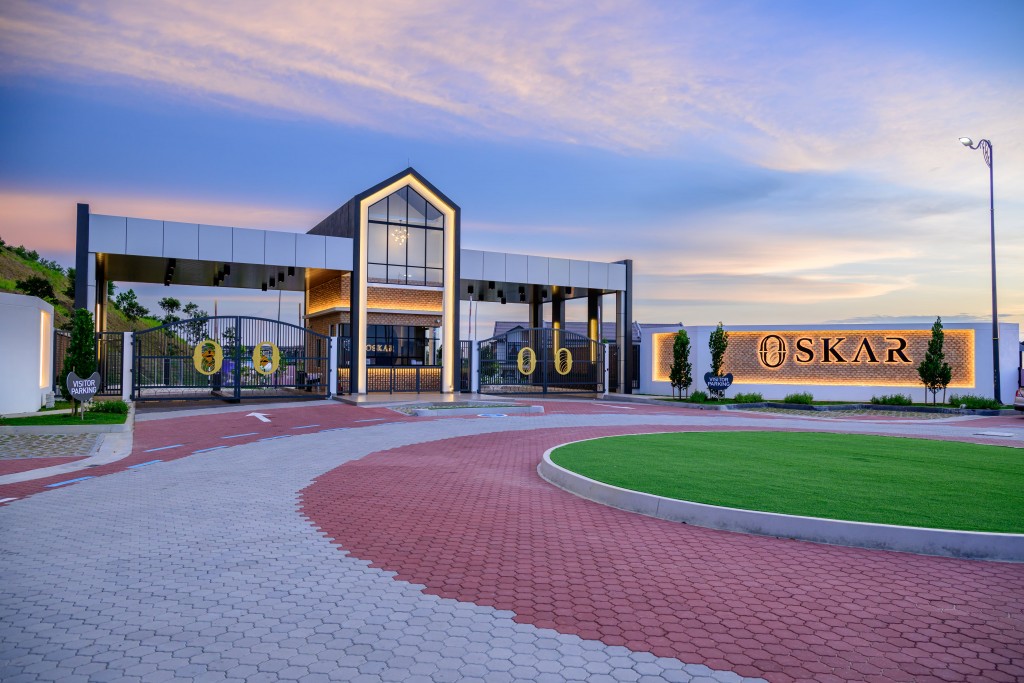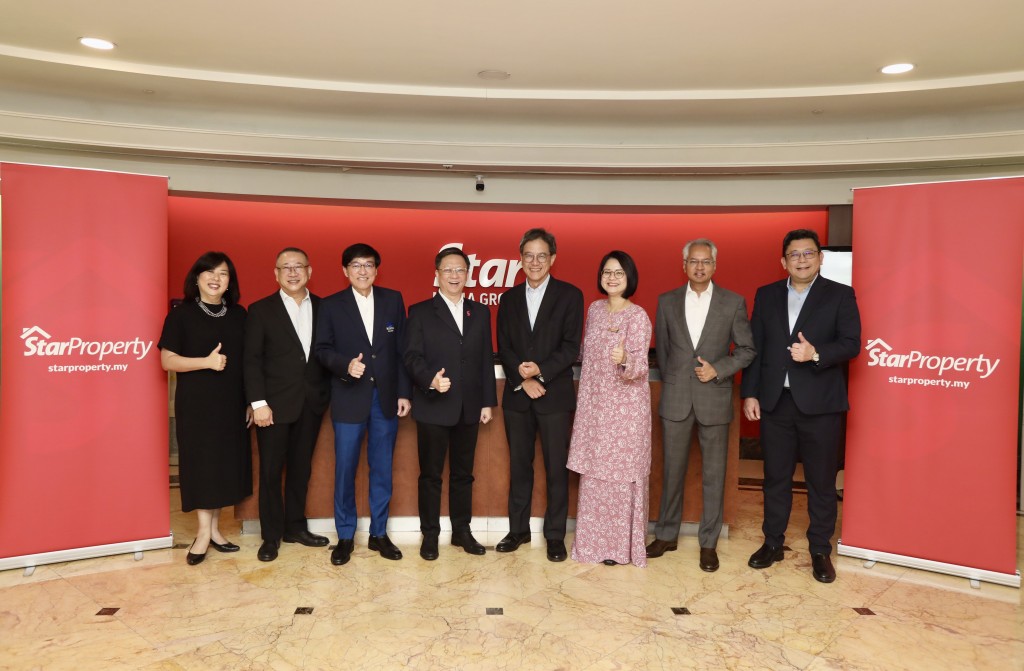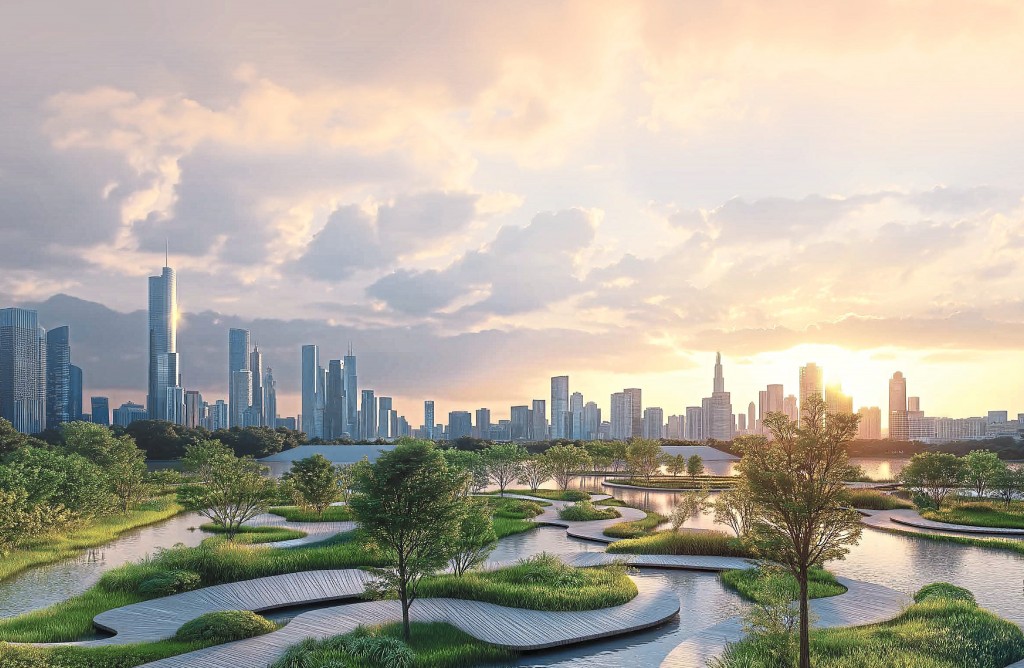Results of recent polls revealed that most Malaysians accept racial discrimination as a practical feature of room rentals.

Image by Deva Darshan on Unsplash.
Recent surveys showed that the majority of Malaysians are in favour of racial discrimination, but there was more uncertainty regarding the subject of racially homogeneous neighbourhoods. In this continuation of Part 1, we examine the trajectory of Malaysian culture under the weight of racial discrimination.
How far we’ve come
Nearly two decades have passed since the turn of the millennium and there is less than a year – only nine months at the time of this writing – before we will be compelled to take a critical look at our progress as a country and culture in light of Wawasan 2020.

An aerial view of the intersection between Jalan Raja, Jalan Tuanku Abdul Rahman, Jalan Raja Laut, and Jalan Tun Perak, circa 1996.
Although the vision was conceived in a different era – and was revised (by former Prime Minister Najib Razak) with a later date for the threshold of our transformation – the nation has made strides towards becoming a progressive and tolerant secular society.
Some encouraging signs of Malaysia’s cultural transformation have manifested recently – among them is a moratorium on executions until the abolishment of the death penalty is legislated and the nation finally becoming a party to the Rome Statute of the International Criminal Court in 2019.
How far we have to go
Among the positive developments are the occasional causes for concern – such as the backpedalled ratification of the ICERD, which puts Challenge 1 of returning Prime Minister Mahatir Mohammad’s original vision a long way from being met.

Anti-ICERD rally supporters converging on the intersection between Jalan Raja, Jalan Tuanku Abdul Rahman, Jalan Raja Laut, and Jalan Tun Perak in December 2018.
The objective of establishing a united nation that recognises all its citizens as members of a single race may come across to some as obtuse – if being of one race obscures the inherent values of acknowledging one’s own ethnicity – but the well-intended aim still stands against the institutionalised racism that remains ingrained in our national culture.
The intangible obstacles
Enshrined in Negaraku, our national anthem and a fixture of every public school assembly and state-level event since 1957, are lyrics written in the voices of native and monotheistic Malaysians – respectively, “tanah tumpahnya darahku” (“the land where my blood has spilt”) and “Rahmat Bahagia” (“With God given”).
According to the 2010 national population census, around 8% of our citizens are first-generation Malaysians and 22% out of the 28.3 million people surveyed are of faiths other than the Abrahamic.

Children of various ethnic groups and religious denominations pictured together during the Perhimpunan Perdana Perpaduan (2019), in conjunction with the Penang State Consultative Goodwill Council 15th anniversary celebration at the Dewan Seri Pinang in George Town.
We like to think ours is a largely open-minded society that is welcoming of people from other ethnic groups. We stand to attention when the national anthem plays, but we also disregard the one in five of us who do not follow a monotheistic faith and the one in 12 whose forebears did not have to spill their blood on this land.
For how much longer can we strive towards being a “moral” society and still accept racial bias as a requirement for profitability – and more importantly, can we bear the results of the choices we make?
Visit our Facebook page to take part in our next discussion on the subject of landlords and their tenants’ sexual orientations. Or, go back to reading Part 1.




